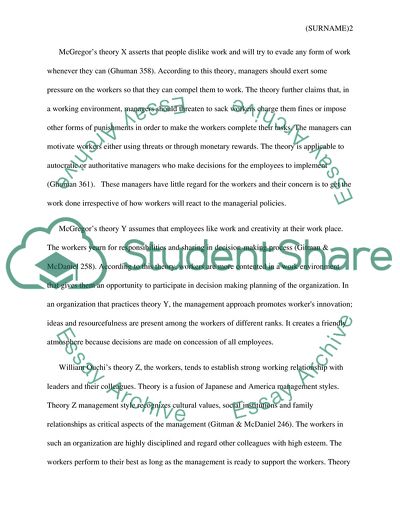Cite this document
(Theories in Sociology Essay Example | Topics and Well Written Essays - 3000 words, n.d.)
Theories in Sociology Essay Example | Topics and Well Written Essays - 3000 words. https://studentshare.org/sociology/1824101-final-paper-sociology-essay-questions
Theories in Sociology Essay Example | Topics and Well Written Essays - 3000 words. https://studentshare.org/sociology/1824101-final-paper-sociology-essay-questions
(Theories in Sociology Essay Example | Topics and Well Written Essays - 3000 Words)
Theories in Sociology Essay Example | Topics and Well Written Essays - 3000 Words. https://studentshare.org/sociology/1824101-final-paper-sociology-essay-questions.
Theories in Sociology Essay Example | Topics and Well Written Essays - 3000 Words. https://studentshare.org/sociology/1824101-final-paper-sociology-essay-questions.
“Theories in Sociology Essay Example | Topics and Well Written Essays - 3000 Words”. https://studentshare.org/sociology/1824101-final-paper-sociology-essay-questions.


